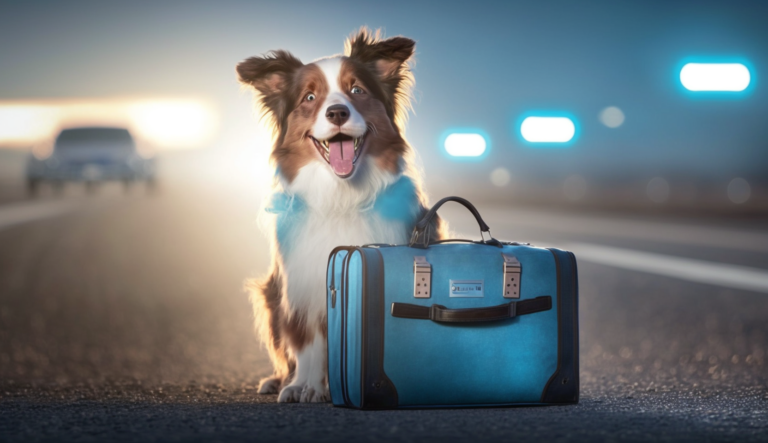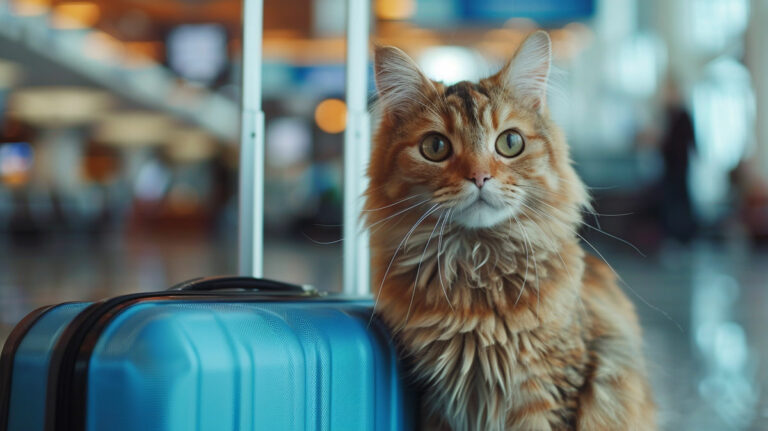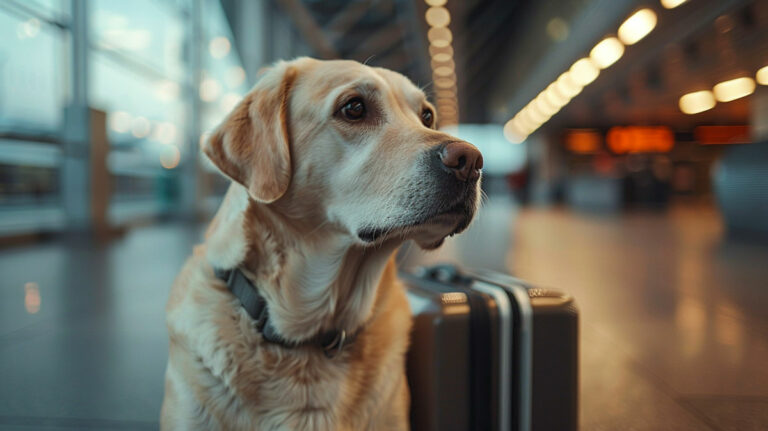The topic of sedating animals before a flight is a contentious issue with supporters on both sides. Our motivation is clear - we are concerned about the expected discomfort and stress for your beloved pets during the flight, and sedation or blurring seems like a perfect shortcut.
On the other hand, we have other important concerns that are just as significant as the impact of sedation on our pets, such as whether we are more stressed than the animal itself and react in a way that may harm it. The answer, as always, is specific to your specific pet's case and can only be answered by a veterinarian after examining it.
Nevertheless, we want to consider sedation as a solution. A simple Google search brings up thousands of warnings against sedation, while on the other hand, there are thousands of testimonies about sedation being helpful for flying dogs, cats, and other animals.
The prominent considerations against sedating an animal before a flight are:
- The increased risk of respiratory and cardiac function problems during the flight.
- Sedation cancels the ability of the pet to protect itself from injury in the case of strong turbulence.
- Many airlines do not approve the transport of sedated animals.
- The risks associated with any form of sedation, even if minimal, are amplified during a flight.
- The increased risk for brachycephalic dogs, who already have a higher risk for breathing difficulties, makes flying particularly dangerous for them.
These are definitely valid reasons to be cautious about sedation during pet flights. However, every day, thousands of animals fly worldwide while being sedated, and they complete the journey healthy and intact. This teaches us that although these risks should certainly be taken in consideration, these are still exceptional cases.
The prominent considerations for sedating an animal before a flight are:
- Preventing the "trauma" that pet flying can cause to the animal.
- Calming hyperactive dogs or cats.
- Preventing escape from the cabin or cargo hold during the flight.
- Peace and quiet in the case of flying with a pet in the passenger cabin.
- "Shortening" the duration of the flight experience for the pet.
Another argument that is often heard is that sedation is allowed as long as the pet is with you during the flight, but not in the case of flying a pet in the cargo hold. This argument is also problematic because the majority of sedated animals fly in the cargo hold and land safely.
With so many convincing arguments on both sides, how can we make a decision regarding sedating an animal before a flight? It seems that the most successful rule of thumb is as follows - as long as the animal is healthy and not particularly young or with a health condition that would jeopardize its flight under sedation, it is indeed possible to sedate and save the animal and ourselves from the trauma of flying, that outweighs the inherent risks.
This recommendation is especially applicable to short flights because the stress on the cardiovascular and respiratory systems of the animal is relatively lower. Furthermore, sedation typically lasts between 4 to 8 hours, and in the case of long flights, the sedated pet is likely to wake up during the journey, rendering the trauma unavoidable and potentially even intensified.
As mentioned, the final decision should be made in consultation with a qualified veterinarian who can examine the medical history, unique characteristics, and flight conditions of the pet.
It should be noted that the Pet Passport medical team, after familiarizing themselves with the owner and getting to know the pet, provides appropriate immediate treatment based on the destination, duration of the flight, and other considerations. The tailored treatment provided by our medical team does not sedate the animal, but rather calms them and helps them feel more comfortable, without any loss of consciousness or decrease in the pet's mobility. The treatment does not endanger the animal, it is compliant with the airline and regulatory authorities, and allows for a comfortable flight for both the pet and its owners.



